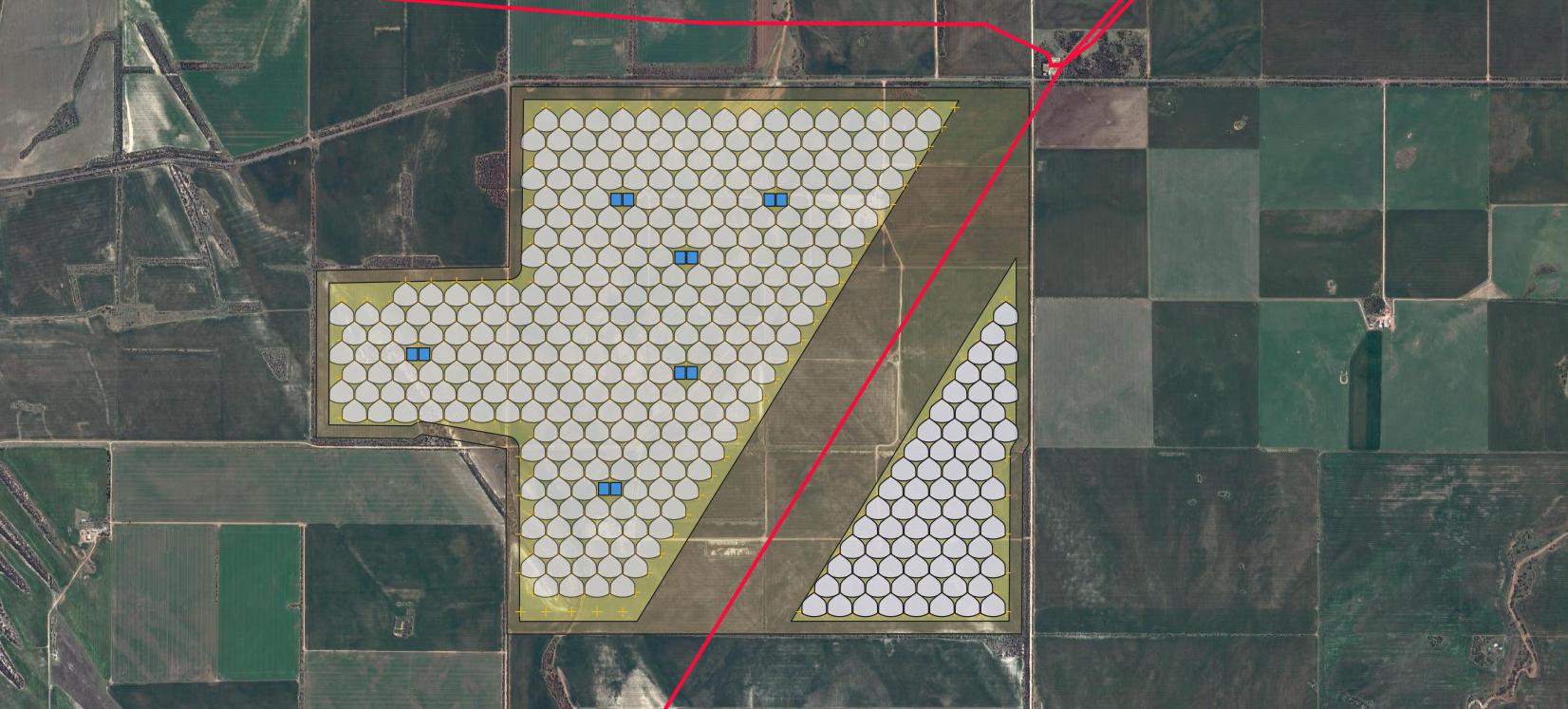Photon Energy is proposing to build and commission a 200 MWp solar power plant in Yadnarie, utilising technology developed by our strategic partner RayGen Resources Pty Ltd (RayGen).
The technology proposed and scale of electricity storage is new to the South Australian renewable energy sector and comprises RayGen’s proprietary PV Ultra and Thermal Hydro technologies.
The proposed development is a facility with 200 MWp DC of solar generation, 115 MW AC grid connection.

In order to be as close as possible to residents and keep them informed we have set up this community engagement page to interact with residents, hear their questions and potential concerns and inform them about all possible aspects of the project and solar energy in general.
